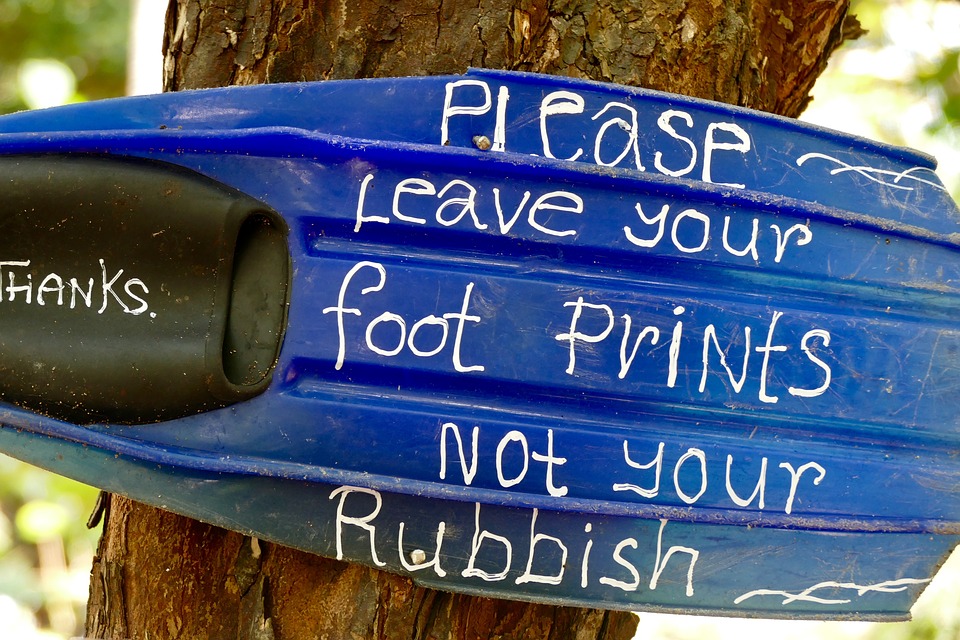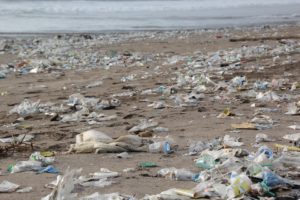
The United States has produced more plastic in the last ten years than all of the plastic used in the last century. A study in the scientific journal PLOS ONE, reports that there is about 270,000 tons of plastic floating in oceans around the world. If you break that down, that means there is around five trillion individual pieces of plastic in our oceans. Plastic is cheap and versatile, which makes it great for various uses. Think about all of the plastic you use in a day. I’m just as guilty, I’ll get a coffee, use grocery bags, straws, and to-go containers. We live a “disposable” lifestyle. About 50% of plastic is used once and then thrown away and it degrades very slowly because of its durability.

Plastic pollution directly affects us and the wildlife. The plastic pollution begins on land. Then the wind and rain carry it to the sea. When it enters the water, the waste accumulates continuously. Ian Boyd, one of the authors of the Foresight Future of the Sea Report and chief scientist for the UK government’s environmental department, warns people against an “out of sight out of mind” approach to the litter ailing the seas.
The plastic litter we’re leaving affects nearly 300 species. Thousands of seabirds, sea turtles, seals, and other marine mammals are killed each year. These animals are getting entangled or ingesting the litter we are leaving behind. Sea turtles commonly mistake floating plastic for food. Loggerhead sea turtles have been found with soft plastic, ropes, Styrofoam, and mono filament lines in their stomachs. When the turtles ingest the garbage it can create blockage in the gut, ulcerations, internal perforation, and death. After seabirds ingest plastic the storage volume of their stomach is reduced, which causes birds to consume less food and then starve. Laysan albatross chicks are fed plastic particles by their parents. The birds mistake the plastic for food and their chicks are harmed because of it. 97.5% of the chicks have plastic inside their stomachs.
Plastic pollution is not only affecting marine life, it is also affecting humans. Our carelessness is coming back to hurt us. While plastic debris is floating in the water it absorbs pollutants like PCBs, DDT, and PAH. The animals are eating these plastic pieces and absorbing these toxins into their bodies. When we eat those animals we are also absorbing these toxins. Marina Garland, a researcher from the College of the Atlantic, explains this transfer of toxins, “The concentration of toxicity in marine organisms continues to increase at the higher levels of the food chain through a process known as biomagnification.”
We see the effect of pollution throughout the food chain. This is very prominent with fish in the North Pacific. They ingest 12,000 to 24,000 tons of plastic each year. A study found that a quarter of fish at markets in California contained plastic in their guts. This pollution is also affecting the global economy. We are costing ourselves time and money spent on beach cleanups, tourism losses, and damages to fishing and aquaculture industries. There is a beach in Hawaii called Kamilo Beach, is now called “Plastic Beach” because of the tons of plastic trash on its shores.
We need to protect our oceans and its marine life. Not just for ourselves, but the future generations.
(Photo courtesy of The Ocean Legacy Foundation)